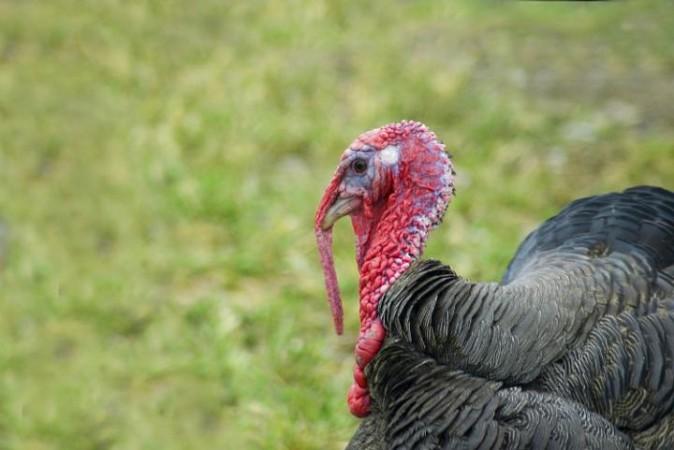
Thanksgiving Day 2014 is just round the corner. Turkey meat – the most important delicacy for the festive season – is being prepped for a mouth-watering feast across America.
But the famed Thanksgiving bird needs its share of spotlight, at least for the reason that the day is incomplete without its presence on our plates.
Here are six fun facts about turkey (courtesy Live Science website) that one must read before devouring the bird in an extravagant feast this Thursday.
- Wild Turkeys can Fly:
According to the National Wildlife Federation, wild turkey possesses the ability to fly. Although the sheer size of the bird makes it difficult for us to imagine them taking to the skies, they can fly at about 55 miles per hour (89km/hour). However, domestic turkey can't fly due to its heavy weight.
2. Turkey's Poop Determines Their Gender:
It is said that Turkey droppings tell the genders apart, as claimed by Georgia's wildlife resources division citied by Live Science. If it is a male, the dropping is usually J-shaped and also straighter and much larger. Female faeces are spiral.
3. Wild Turkey Usually Climb up Tree to Sleep:
Although they are usually seen only close to the group, turkey usually prefer to sleep way up a tree, the INDIANA Department of Natural Resources says. They return to ground at the break of dawn.
4. The Heads of Male Turkey Change Colour:
The top of the head of a male turkey has the amazing quality of changing colour. When the times comes to breed, the colour on their noggins rapidly change from red to white or blue – and the transition occurs within seconds, the National Wild turkey Federation reveals. Usually their body colour is green bronze, gold and red and that is considered good for attracting a mate.
5. Turkey Eat Stones to Digest Their Food:
This may sound unappetising, but the fact is that these birds consume small stones so that it goes inside their stomach and help them break food down. This is a natural eating habit of the bird as they have no teeth to chew the food.
The bird has two stomachs – the first one is where the stones, called gizzard, grind the food and the second is called the 'glandular stomach' where the food is ultimately softened with gastric juices.
6. Only Male Turkey Gobble!
The reason why the male turkey are called gobblers is because they are the only ones that can gobble or make that 'turkey-noise'. Each gobbler is understood to use different patterns of calls to attract females. The female too makes noise, although their sounds are more like chirps and clucks.











